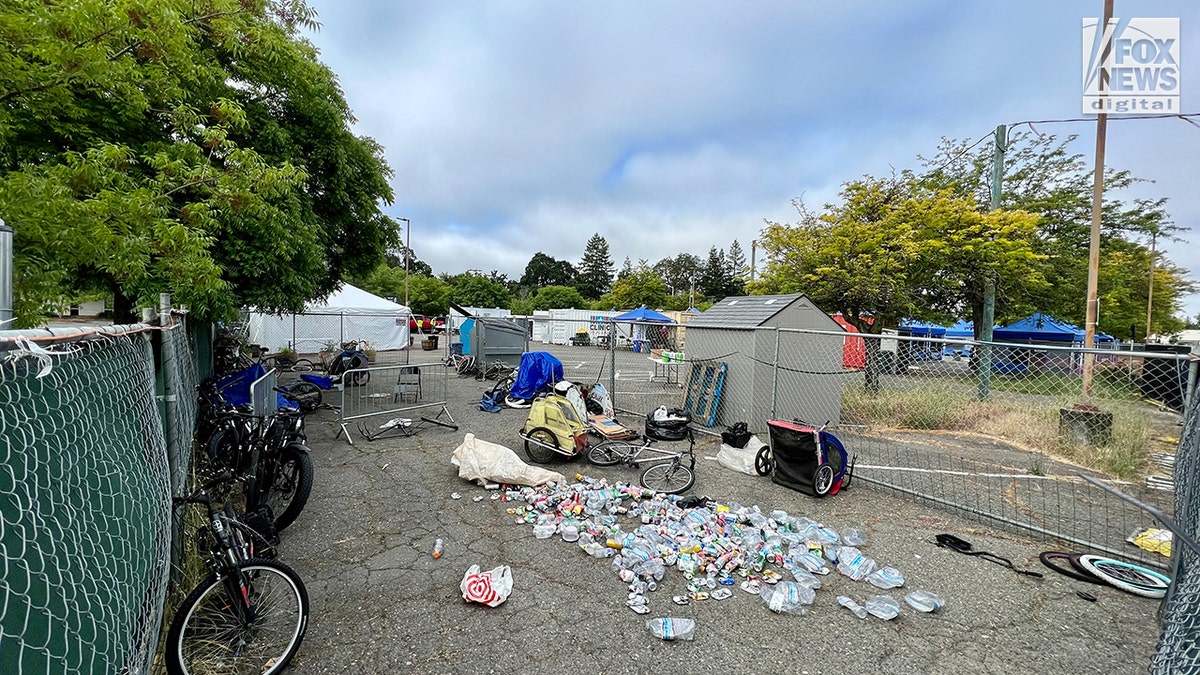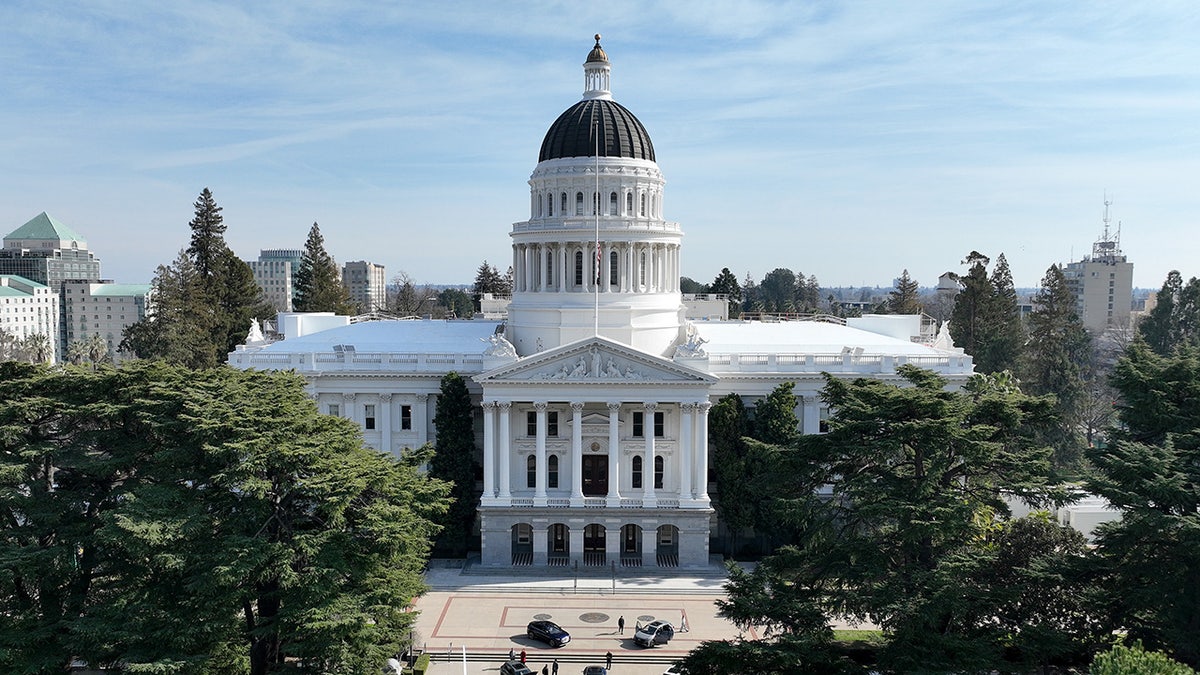Recent federal data paints a grim picture of California's homelessness situation. Despite a staggering $17.5 billion investment over the past four years, the state's homeless population has actually increased, now representing half of the entire homeless population in the United States. This alarming trend raises serious questions about the effectiveness of current strategies.
Officials within Governor Gavin Newsom's administration argue that the situation would be significantly worse without these substantial financial interventions. They emphasize the complexity of the issue, highlighting the prevalence of mental health challenges among the homeless population. Simply providing housing, they argue, isn't enough; comprehensive support services, including mental health treatment, are crucial.

However, critics point out that the allocated funds could have theoretically covered rent for every homeless individual in California for the past four years, even considering the state's high housing costs. While acknowledging the need for mental health services, they argue that a significant portion of the $17.5 billion could have been allocated to address these needs while still providing housing.
A key challenge identified by state officials is the shortage of affordable housing. California needs an estimated 2.5 million additional housing units to accommodate its homeless population. This shortage is attributed to decades of policy choices, with both Republicans and Democrats sharing the blame. Furthermore, local governments face resistance when attempting to build low-income housing, further exacerbating the problem.

A recent report by Dr. Margot Kushel, director of the UCSF Center for Vulnerable Populations, debunks several myths surrounding homelessness in California. The report confirms that the vast majority of homeless individuals desire permanent housing and that most became homeless within California, dispelling the notion that they migrate from other states. It also challenges the assumption that mental illness is the primary driver of homelessness, suggesting that mental health issues may arise or worsen as a consequence of homelessness.

While Governor Newsom's administration prioritizes addressing mental health, experts like Dr. Kushel emphasize the critical need to lower rent costs. With the median rent for a two-bedroom apartment at $2,200, tackling mental health alone won't solve the crisis.
California has a plan to build 2.5 million homes by 2030, but securing cooperation from local governments remains a significant hurdle. The state acknowledges the immense challenge it faces, describing it as a "tidal wave." Despite ongoing efforts, fundamental changes are needed at both the state and national levels to effectively address this complex issue.
Comments(0)
Top Comments